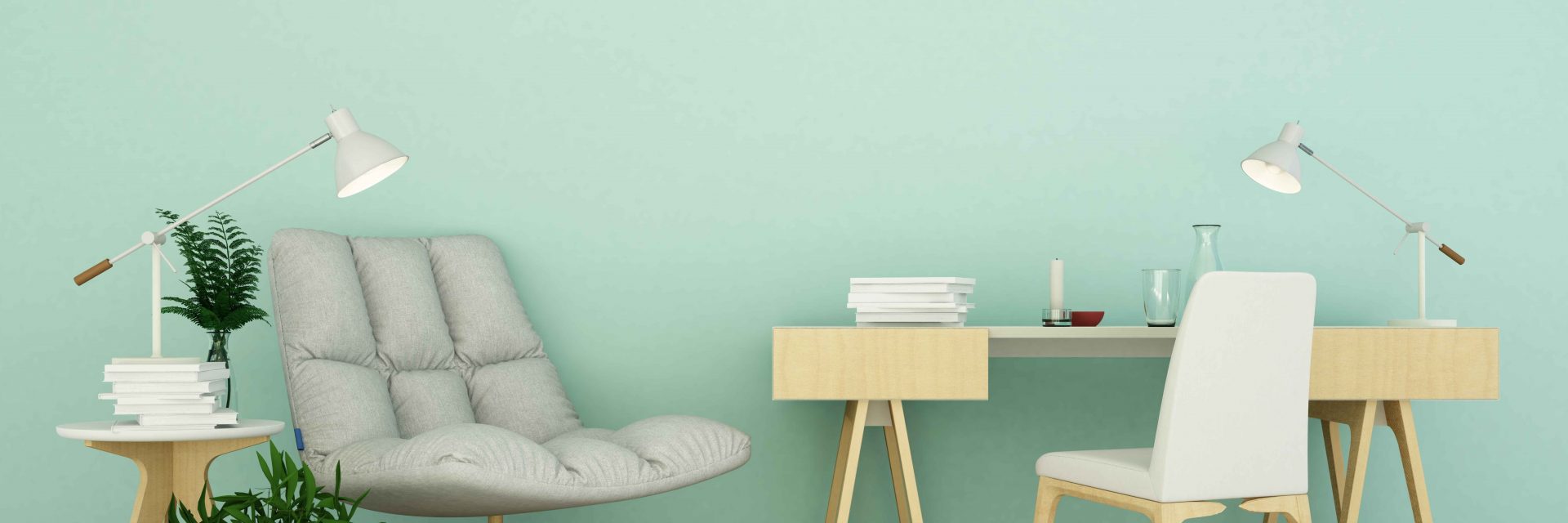Master The Art Of Interior Painting By Recognizing The Common Errors To Steer Clear Of For A Flawless Result
Master The Art Of Interior Painting By Recognizing The Common Errors To Steer Clear Of For A Flawless Result
Blog Article
exterior wall painting Create By-Niemann Davis
Making certain an effective indoor paint task exceeds just picking up a brush. The leading errors to prevent can make or break the final result. From the initial choice of paint color setting the tone to surface area prep work laying the foundation, each action plays an essential role. Hurrying via the procedure might appear tempting, however the consequences can influence the durability and general high quality of the finish. Stay tuned to discover just how these usual errors can be easily avoided to accomplish a remarkable indoor paint task.
Picking the Incorrect Paint Shade
Choosing the ideal paint shade is an important choice when painting your interiors, as it establishes the tone and ambience of the space. One typical error to prevent is choosing the wrong paint shade. The shade you choose can dramatically impact the total feel and look of a space.
For instance, choosing dark colors in a tiny area can make it feel cramped and gloomy, while choosing extremely intense colors may cause a room that feels overwhelming and disruptive.
To avoid this mistake, take into consideration aspects such as the room's natural light, the function of the space, and the state of mind you intend to develop. It's also important to check paint samples on the walls before devoting to a shade to see exactly how it searches in different illumination problems throughout the day.
Inquiring from professional painters or indoor developers can additionally assist you make an informed choice and make certain that the chosen paint shade enhances the appearances of your space.
Neglecting Proper Surface Preparation
When repainting your interiors, overlooking appropriate surface area preparation can result in disappointing results and diminish the longevity of the paint job. Among one of the most essential action in achieving a professional-looking surface is guaranteeing that the surface areas to be painted are tidy, smooth, and correctly keyed.
Disregarding to clean the walls extensively prior to paint can lead to adhesion concerns, where the paint stops working to correctly adhere to the surface area. Dirt, dirt, and grease can prevent the paint from adhering equally, bring about peeling off or flaking gradually.
Furthermore, stopping working to deal with blemishes such as splits, openings, or irregular structures can create the flaws to show with the paint, interfering with the overall appearance of the area.
Properly priming the surfaces prior to paint is also necessary, as it helps the paint stick much better, advertises even insurance coverage, and can protect against spots or discoloration from bleeding with.
Making the effort to prepare the surface areas properly will eventually guarantee a professional and durable paint job.
Rushing Through the Paint Process
Hastily proceeding with the painting procedure can endanger the quality and sturdiness of the result. Rushing can lead to several issues, such as irregular coverage, visible brush strokes, paint drips, and missed out on spots. Each of these problems interferes with the general visual allure of the room and can be taxing to fix.
When painting, it's vital to allow enough time for each layer to completely dry before using the next one. Failing to do so can lead to the paint not sticking correctly, causing peeling off or flaking gradually. Additionally, rushing via https://www.housebeautiful.com/uk/decorate/walls/a43401876/paint-colour-mistakes/ may cause you to disregard correct prep work, such as cleaning the walls or utilizing primer, which can impact the durability of the paint task.
To stay clear of these risks, it's advised to follow an organized approach, including complete surface prep work, making use of top quality devices and products, and allowing enough time for each and every layer to completely dry.
Conclusion
To conclude, preventing common errors when repainting your interiors is crucial for achieving a professional finish. By choosing the best paint shade, effectively preparing surfaces, and enabling sufficient drying out time, you can make sure an effective painting project.
Putting in the time to stay clear of these errors will inevitably result in a more aesthetically attractive and durable result for your home.
